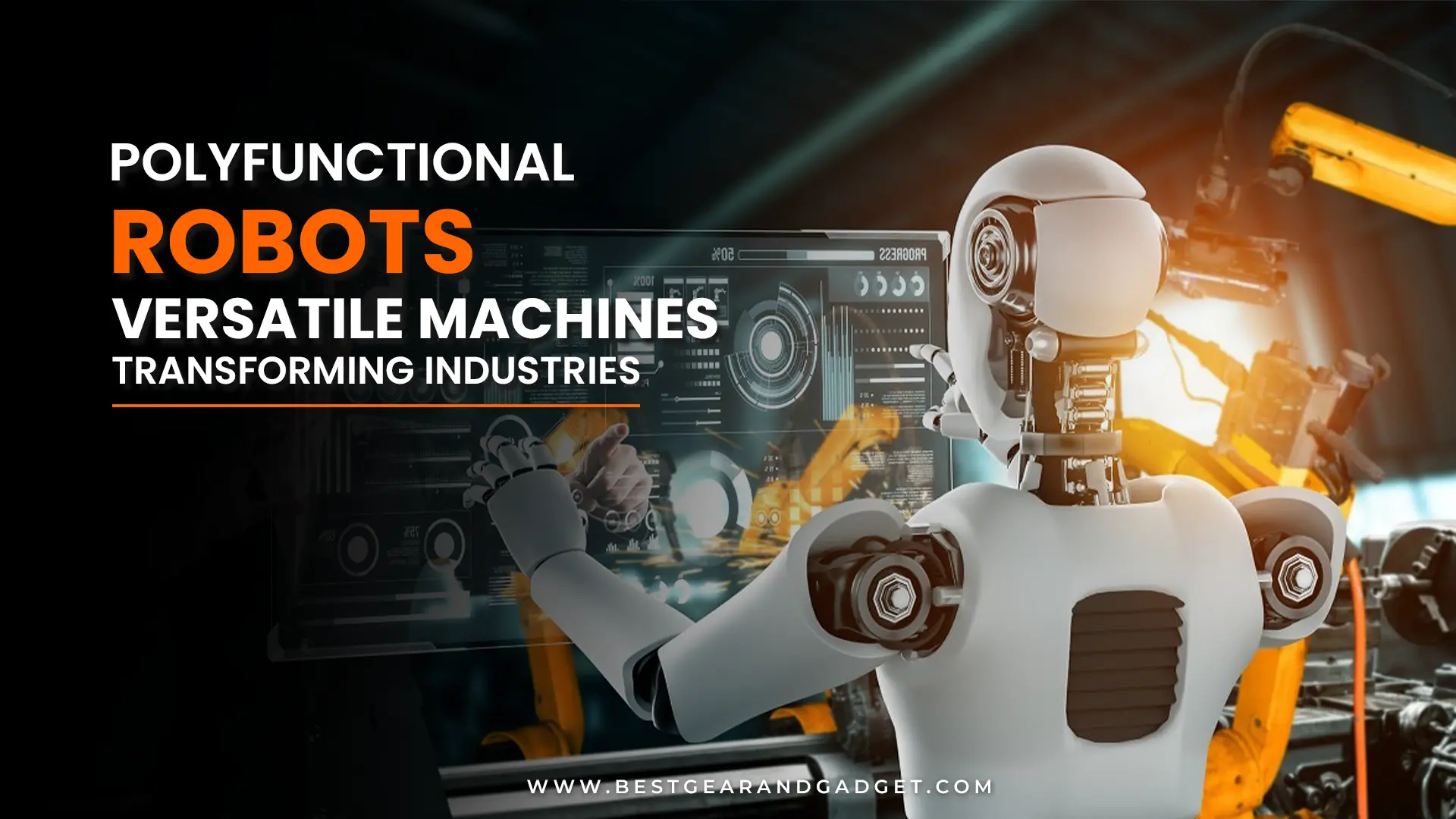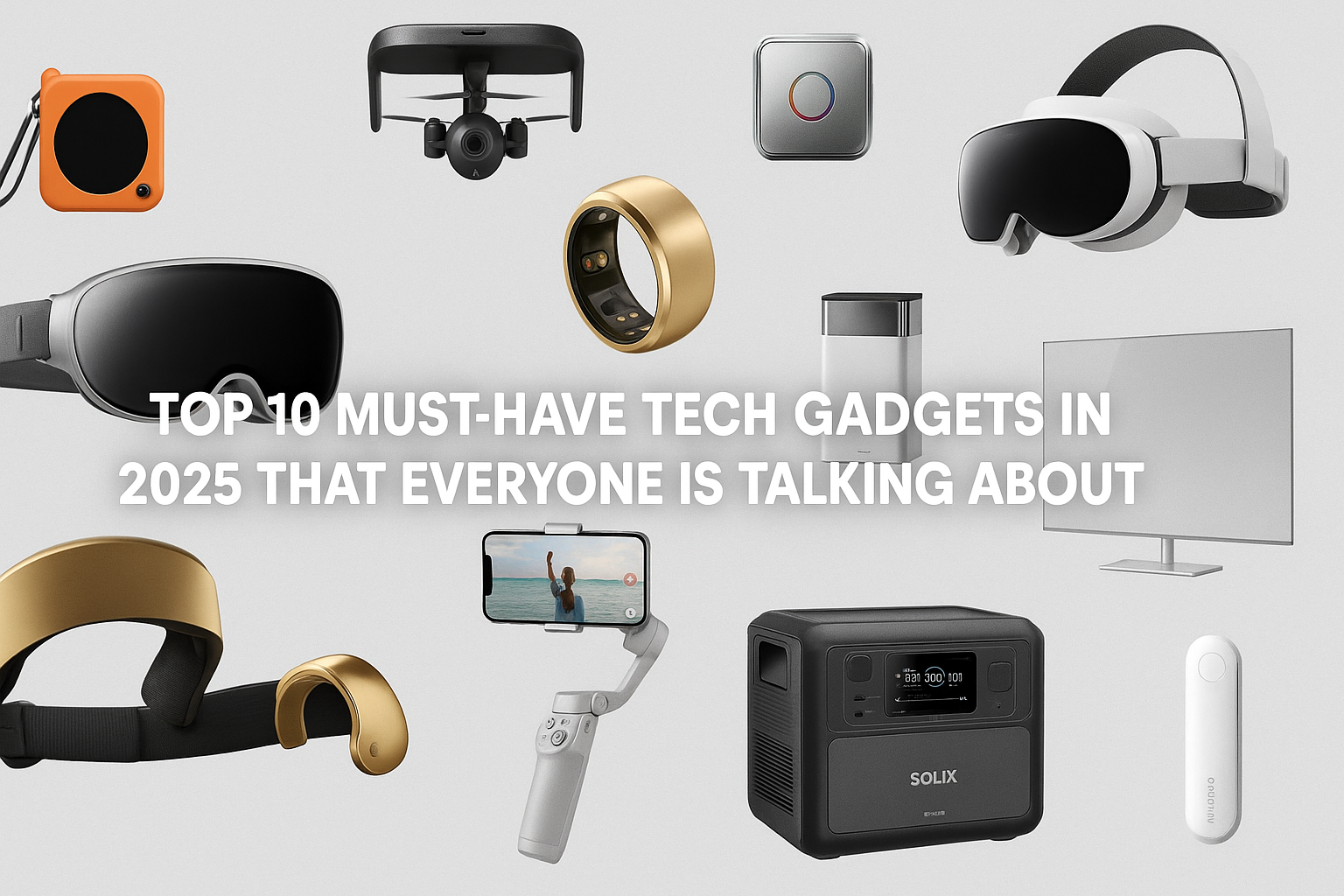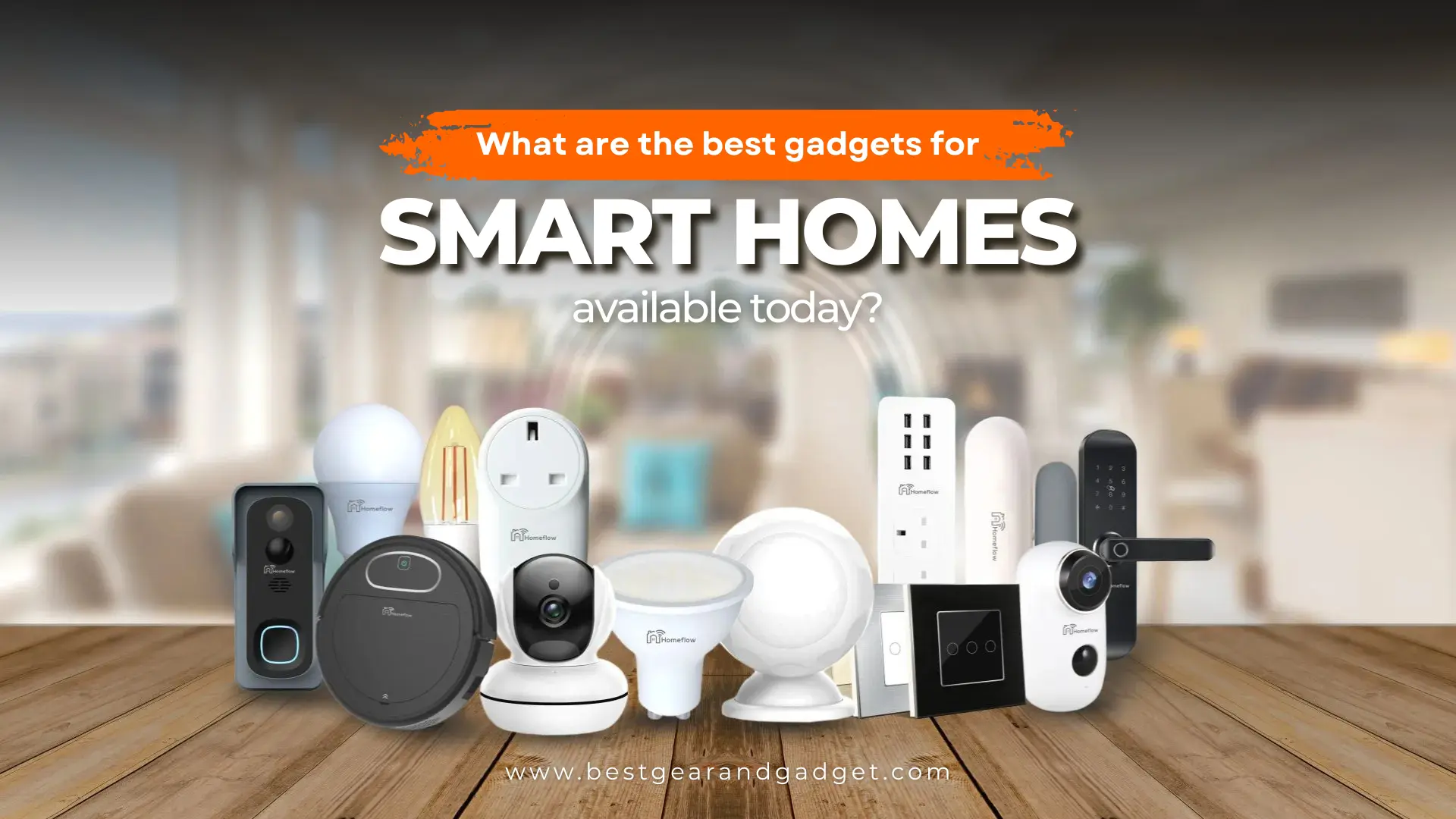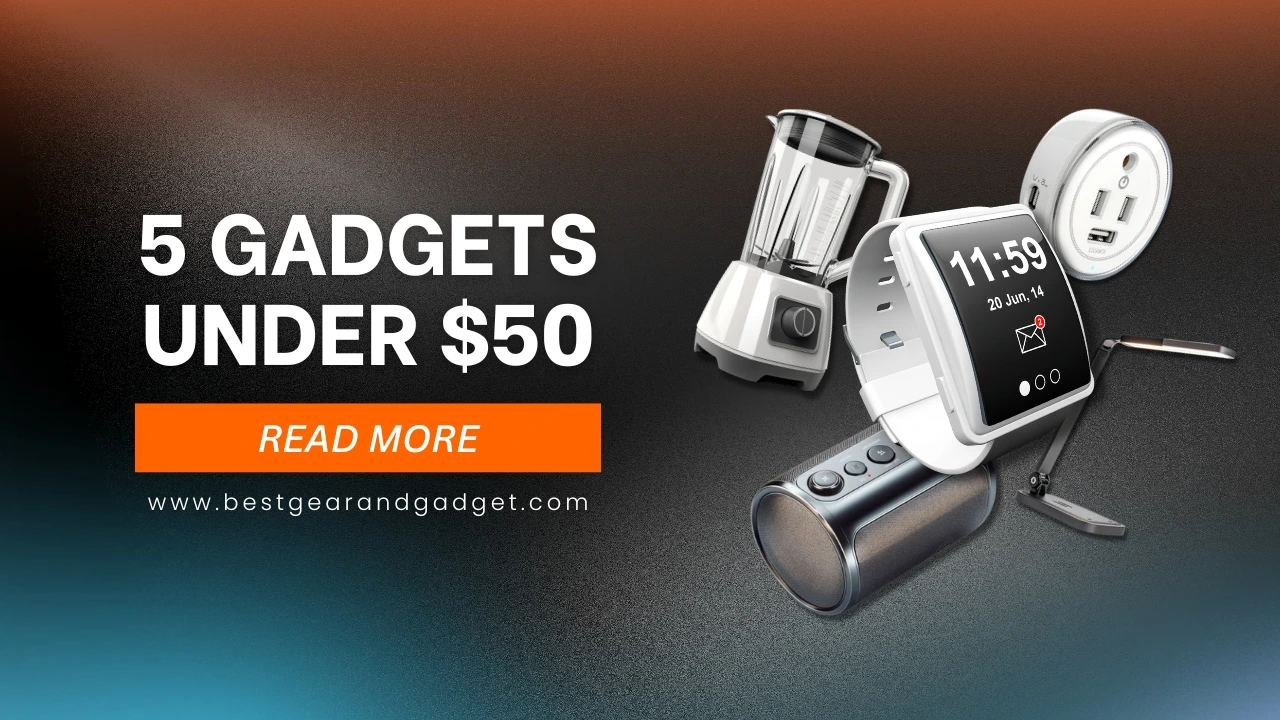
In the fast-paced, tech-driven world of today, polyfunctional robots are quickly changing many industries. The combination of robotics and AI is starting a new industrial revolution. For example, industrial robots are putting together cars, and AI-powered robots are doing precise work in healthcare. As robotics trends in 2025 show, these multi-purpose robots that can do more than one thing are not only making things more efficient, but they are also making new business models, changing job roles, and making all kinds of places safer.
You have come to the right place if you want to know more about the future of automation in manufacturing, robotics in the food industry, and robotic process automation in banking. We’ll talk about how these machines are changing things and why now is the best time to find out more about them.
What Are Polyfunctional Robots?
Polyfunctional robots are very flexible machines that can do many tasks in many different industries without having to be completely redesigned or programmed. They are very flexible because they combine mechanical engineering, electronics, and high-tech software.
Unlike traditional robots focused on one repetitive task, these multi-purpose robots can:
- Assemble products
- Perform inspections
- Handle delicate materials
- Clean facilities (like the industrial robot vacuum or robot vacuum cleaner industrial models)
- Manage data-driven processes through robotic process automation in manufacturing industry
This flexibility positions them at the centre of the next wave of robotics and automation for heavy industries.
Key Applications Across Different Sectors
1. Manufacturing and Heavy Industries
Industrial robots that are cheap industrial robots and easy to program have led to a huge increase in automation in manufacturing sector. Companies that make industrial robotic arms, like Caterpillar industrial robotics arms, use tough designs that are made to handle welding, putting things together, and moving things around in rough conditions.
Advantages of industrial robots in manufacturing include:
- Increased output
- Improved precision
- Higher safety for human workers
- Reduced operational costs
Fun Fact: According to the Robotic Industries Association, 88% of manufacturers now use at least one form of robotic automation.
2. Food Industry Revolution
The rise of robots in the food industry has been astounding. From picking through and packing to cooking and serving, robotics in the food industry enhances hygiene and consistency.
Industrial inspection robots make sure that food products meet strict safety standards. In the banking industry, robotic process automation in banking industry is used in a way that is similar to how bots are used to handle back-office tasks in food logistics.
3. Oil and Gas Exploration
Conditions that are harsh need long-lasting solutions. Robotics in oil and gas industry, robotics is used to check pipelines, refineries, and offshore rigs with industrial inspection robots. This keeps operations safe without putting people at risk.
Key Components and Parts of an Industrial Robot
Understanding the parts of an industrial robot is essential for anyone diving into the robotics field. Major industrial robot components include:
- Manipulator (or robotic arm) — enables movement.
- Controller — the brain behind operations (industrial robot controller).
- Power Supply — ensures consistent energy flow.
- End Effector — specialized tool for a task (e.g., welding, gripping).
- Sensors — help the robot perceive its environment.
Those interested in the technical side can read industrial automation and robotics online to deepen their knowledge.
Robotics Trends 2025: What’s Ahead?
Emerging robotics trends 2025 reveal several exciting directions:
- AI-Powered Robots: Machines that self-learn tasks through AI integration.
- Industrial Robot Programming Jobs: A surge in demand for specialists skilled in industrial robot programming and operations.
- Transparent Background Industrial Robot Iconography: Simplified visual communications in manufacturing plants for better UX/UI.
- Affordable Automation: Companies offering cheap industrial robots to SMEs.
- Robotic Process Automation in Banking and Manufacturing: Automating data-intensive processes like loan approvals, invoice processing, and compliance reporting.
Industrial Robot Costs and Pricing Overview
Thinking about investing in robotics? Let’s break down typical industrial robot costs:
| Robot Type | Average Industrial Robot Price |
| Basic Articulated Arm | $25,000 – $45,000 |
| Advanced AI-Powered Robot | $60,000 – $100,000+ |
| Industrial Robot Vacuum for Warehouse | $5,000 – $15,000 |
Industrial robot parts and maintenance contracts add to lifetime ownership costs, but the return on investment is typically fast — especially in production-heavy industries.
Advantages of Industrial Robots
- Precision and Quality: Minimizing human error.
- Operational Efficiency: 24/7 work cycles.
- Safety Improvement: Reducing injuries in dangerous environments.
- Cost Savings: Long-term reduction in labor and error-related expenses.
- Scalability: Easy to reprogram for new tasks with the right industrial robot programming.
Companies like Emerson Industrial Robotics Integration specialize in seamlessly introducing robots into existing operations.
Industrial Robot Vacuums: Unsung Heroes
One rising segment is the industrial robotic vacuum — vital for large spaces like factories, warehouses, and hospitals. Models like the robot vacuum cleaner industrial version are capable of:
- Navigating around obstacles autonomously.
- Performing heavy-duty cleaning.
- Operating during off-hours, reducing workforce strain.
An industrial robot vacuum for warehouse maintenance ensures a clean, hazard-free environment — critical for operational efficiency.
Industrial Robotics: A Career Opportunity Boom
If you’re considering a career shift, now is the perfect time. With the expansion of robotics, demand is surging for:
- Industrial robot programming jobs
- Robotics integration specialists
- Maintenance engineers for robotic systems
These roles offer competitive salaries and growth opportunities as robotic industries association reports continuous investment from manufacturers worldwide.
FAQs About Polyfunctional Industrial Robots
Q1: Which statement about industrial robots is true?
A: Industrial robots are computer-controlled machines that can quickly and accurately do a wide range of tasks in manufacturing, logistics, and inspection.
Q2: What are the advantages of industrial robots in food processing?
A: Through automation, they improve hygiene, increase productivity, and make sure that food quality standards are always met.
Q3: How much does an industrial robot cost?
A: The prices of industrial robots range a lot, from $25,000 for simple models to over $100,000 for high-tech ones that use AI.
Q4: What is the role of robotics in oil and gas?
A: Robotics checks pipelines, does dangerous maintenance work, and makes sure operations are safe, so people don’t have to go into dangerous areas as much.
Q5: How do I start learning industrial robot programming?
A: Start with online resources, certifications, and courses in robotic industries association platforms and read industrial automation and robotics online.
A: To begin, use online tools, courses, and certifications offered by robotic industries association, and read industrial automation and robotics online.
Final Thoughts: Why You Should Care About Polyfunctional Robots
Businesses that are flexible and use smart automation will be successful in the future with Polyfunctional Robots. With industrial robot vacuums, robotic process automation, and AI-powered robots, businesses all over the world are getting more efficient and coming up with new ideas than ever before. Keeping up with robotics trends 2025 and learning about the real advantages of industrial robots can make a big difference in your business or career.
Ready to embrace the future of robotics?
→ Explore our latest guide on Choosing the Right Industrial Robot for Your Business and stay ahead of the curve!
📷 Image Suggestion:
- Transparent background industrial robot icon for visual clarity.
- Infographic: “Top 5 Robotics Trends 2025” showing a rising trend line.
Photo of robot vacuum cleaner industrial model working in a warehouse.
About Us
At Best Gear and Gadget, we’re all about helping you find the smartest, most reliable tech and gear. From honest reviews to expert buying guides, we cover the latest gadgets and must-have tools to make your life easier and more connected.
Our goal? To save you time, money, and hassle—by delivering trusted insights, top picks, and real value.
Latest Post
Disclaimer
⚠ Disclaimer – BestGearAndGadget.com
We may receive commissions through affiliate links. The content is for informational use and does not represent professional buying advice.






